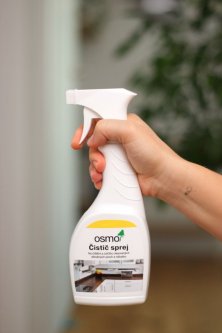
The principles of proper care for solid wood furniture
Have you bought one of our solid oak pieces for your home and now you're not really sure how to properly care for it?
Don't worry, it is not a science.
Just follow a few principles and avoid possible scenarios that can cause great damage (verified in practice) and your solid wood furniture will remain beautiful for decades.
